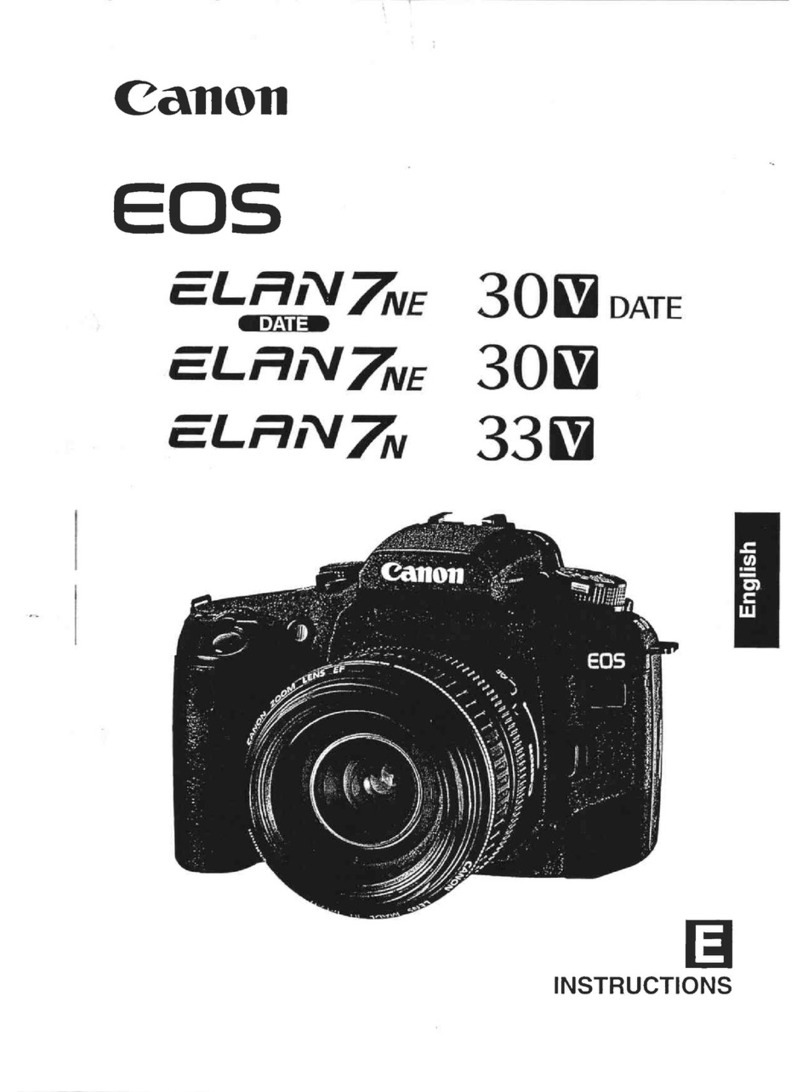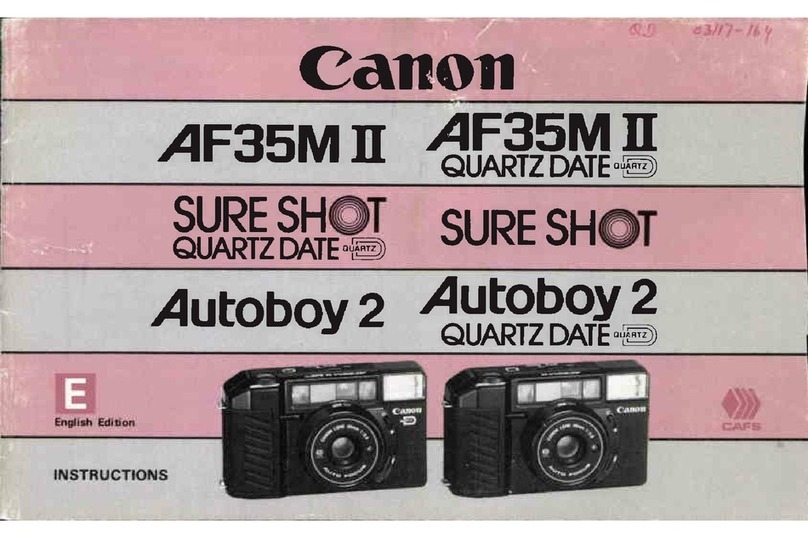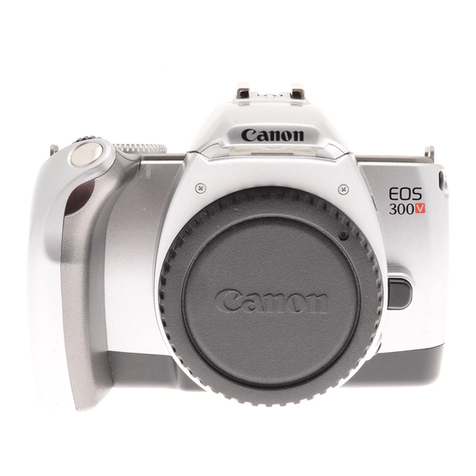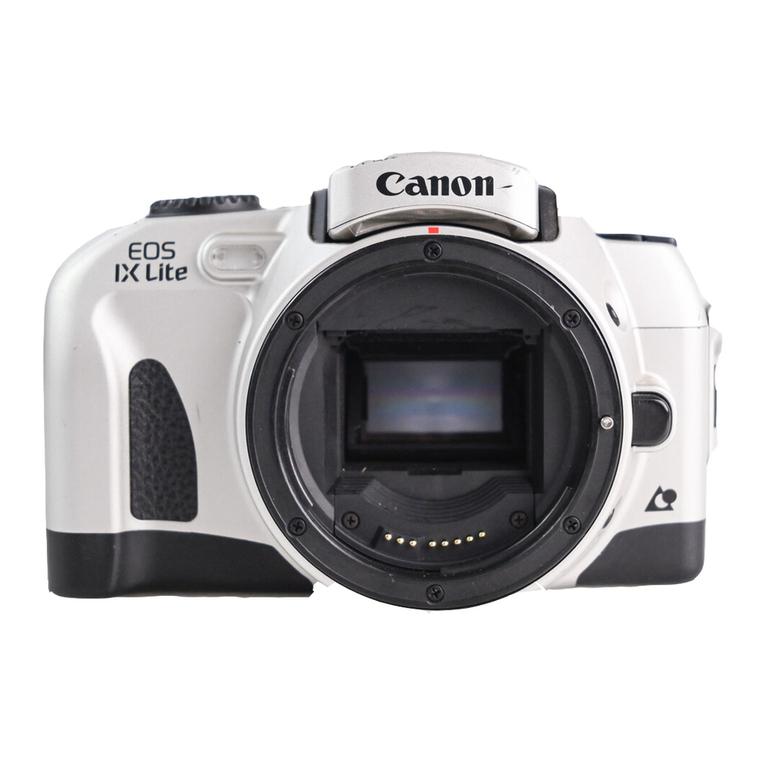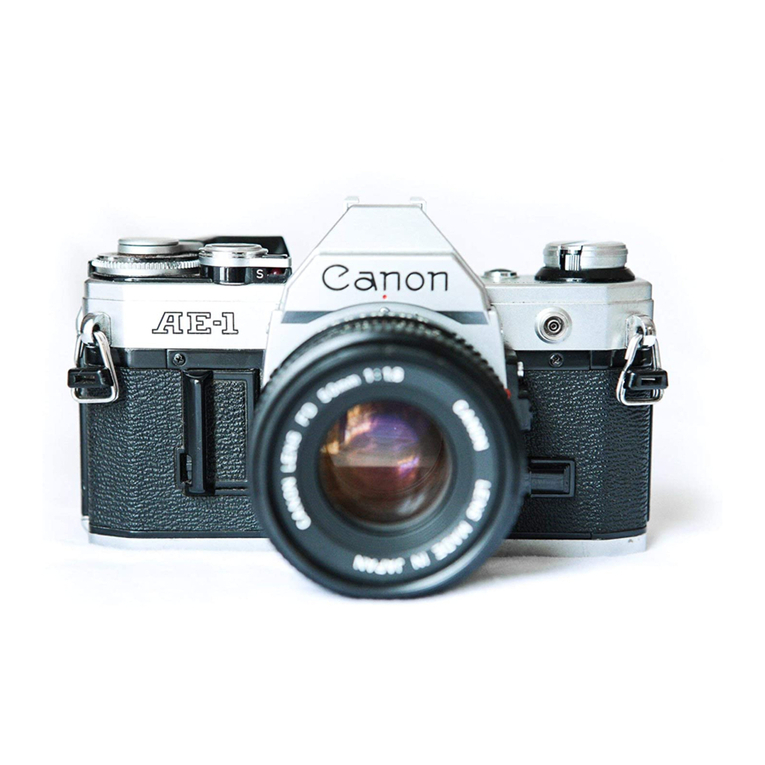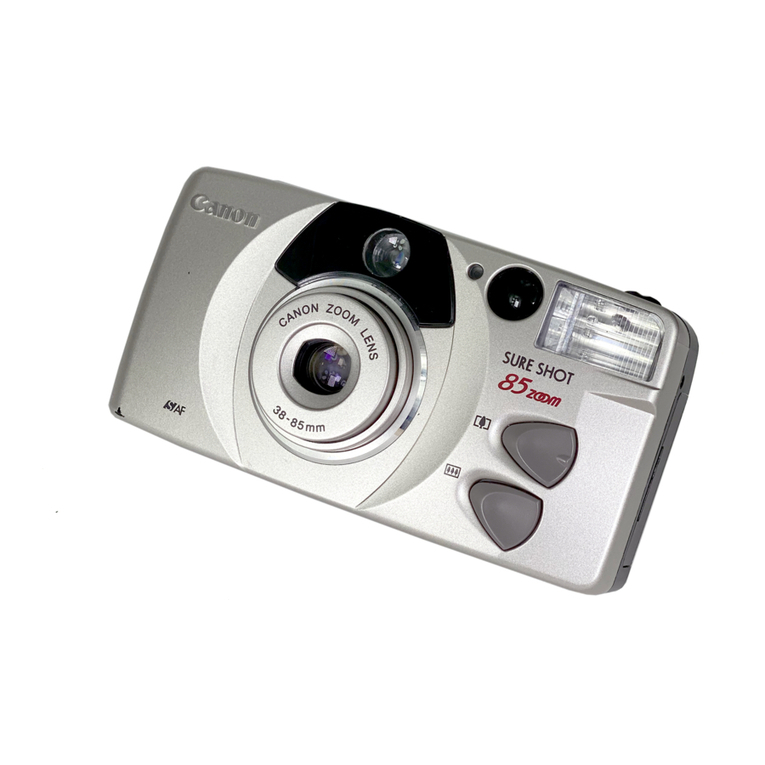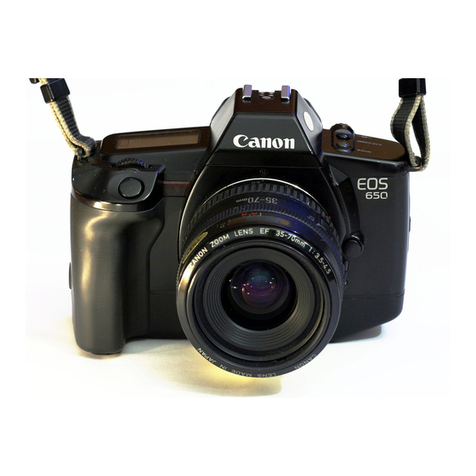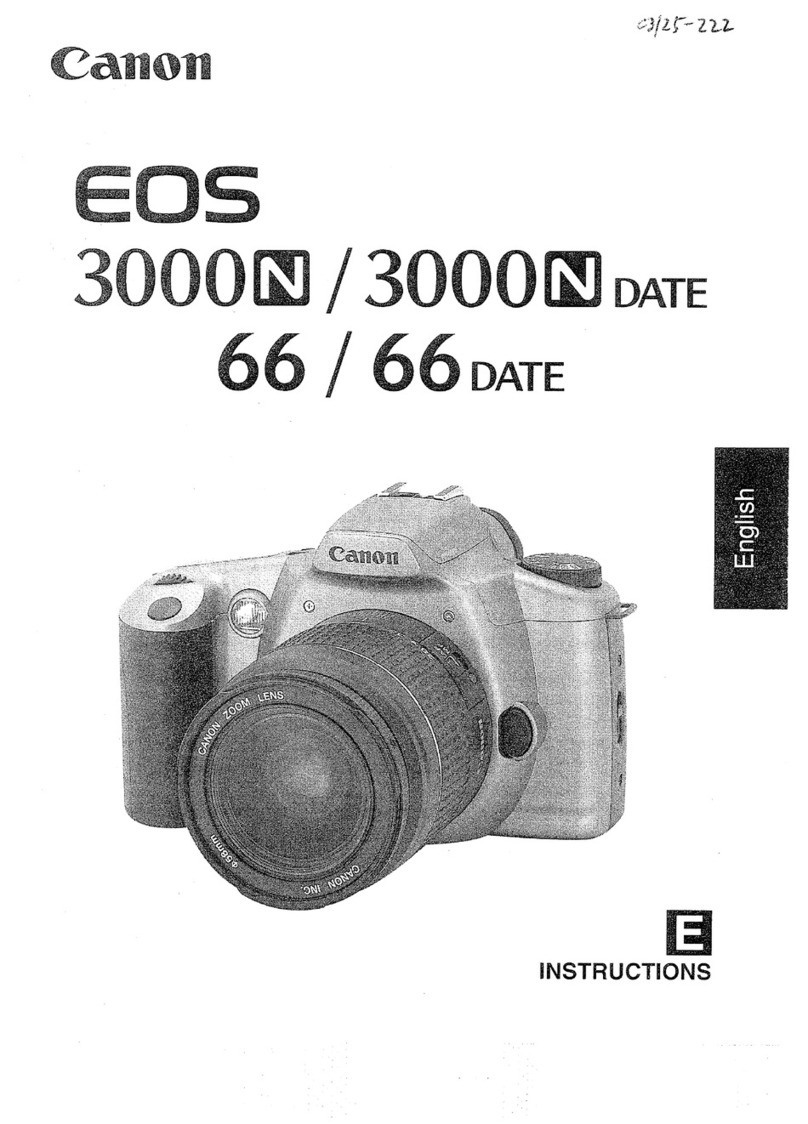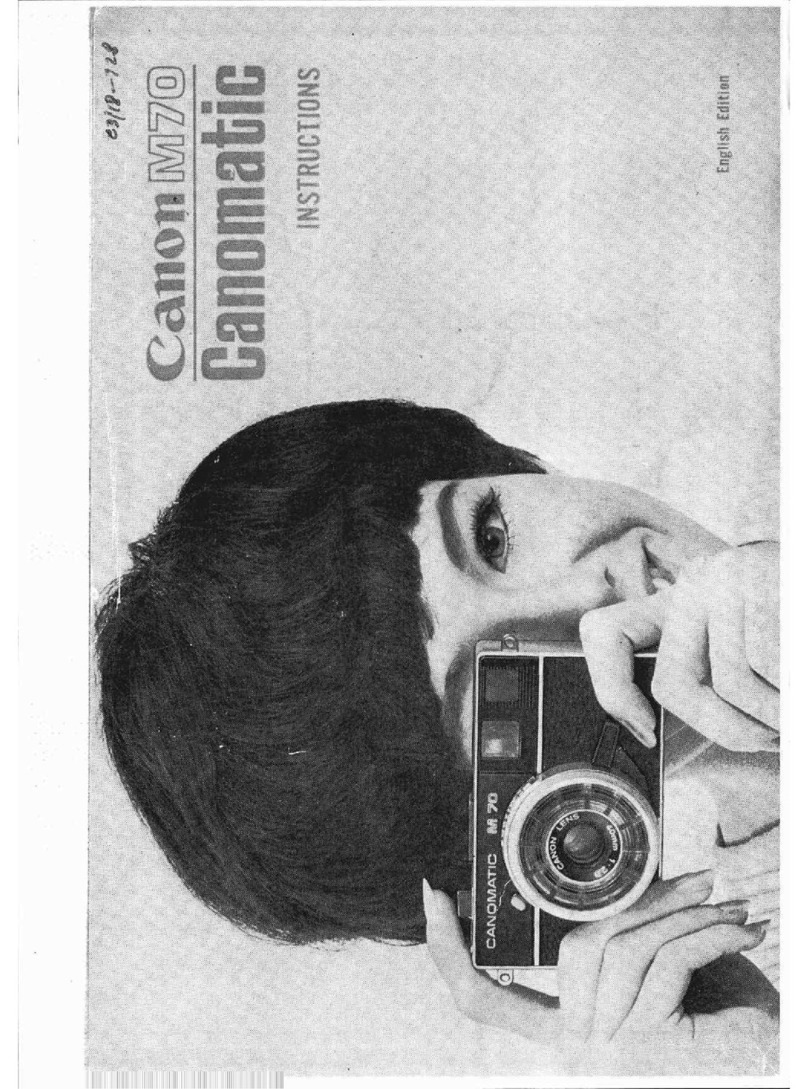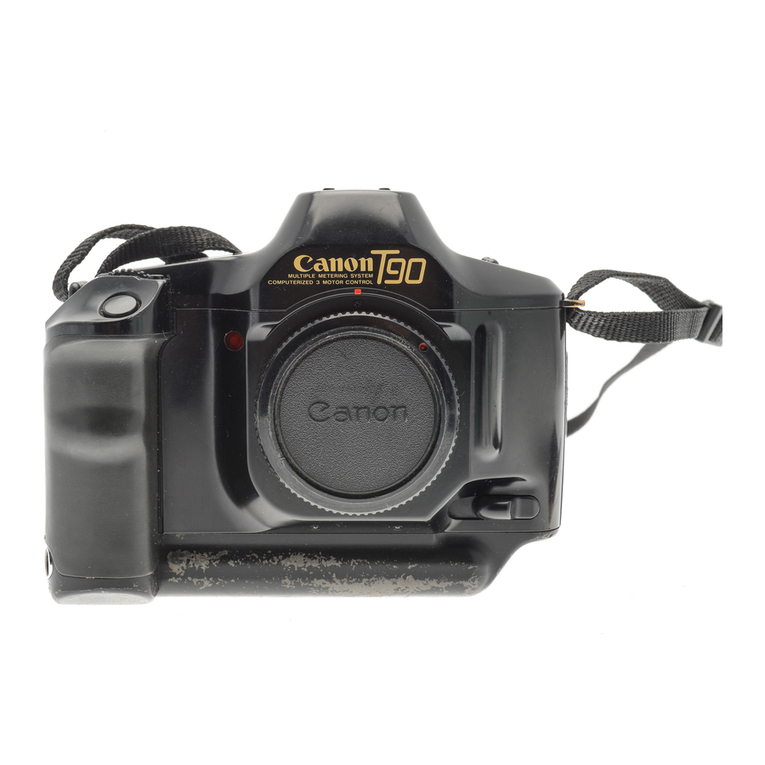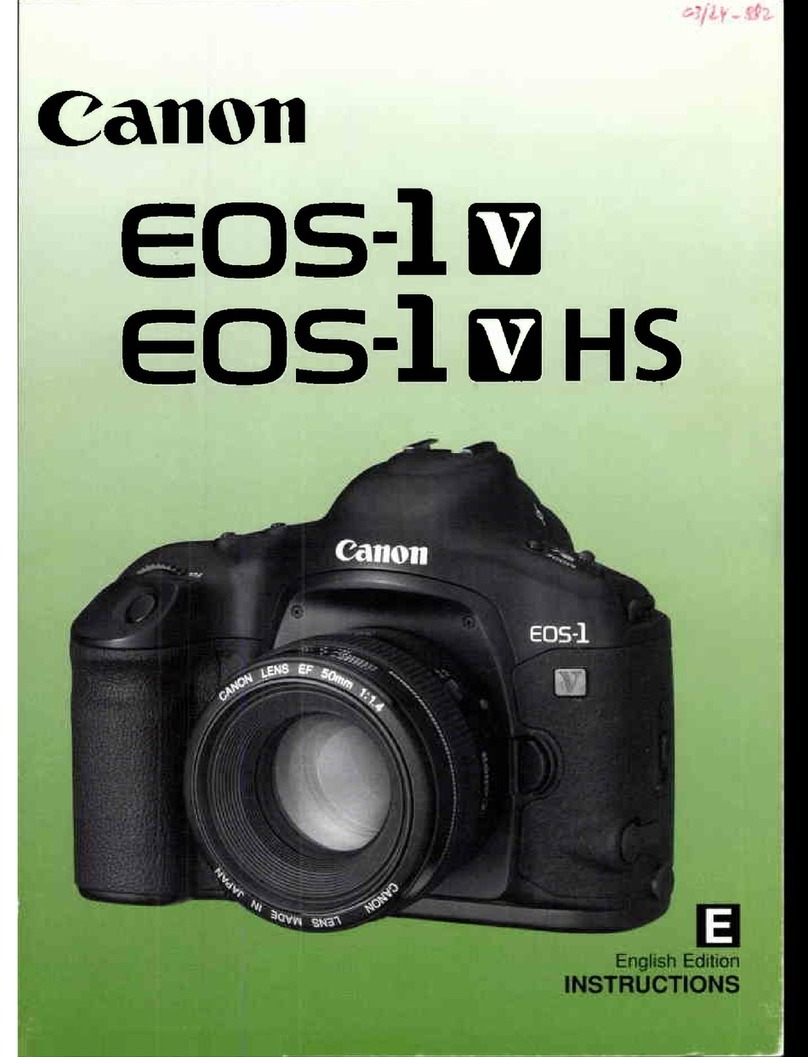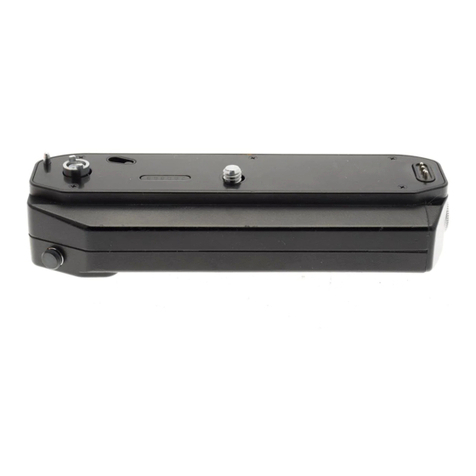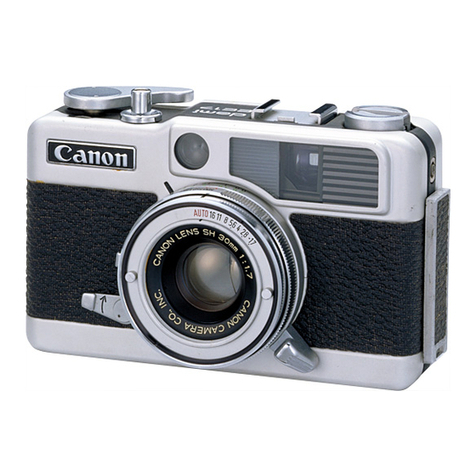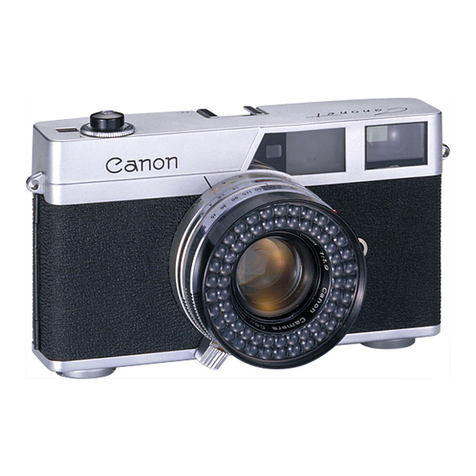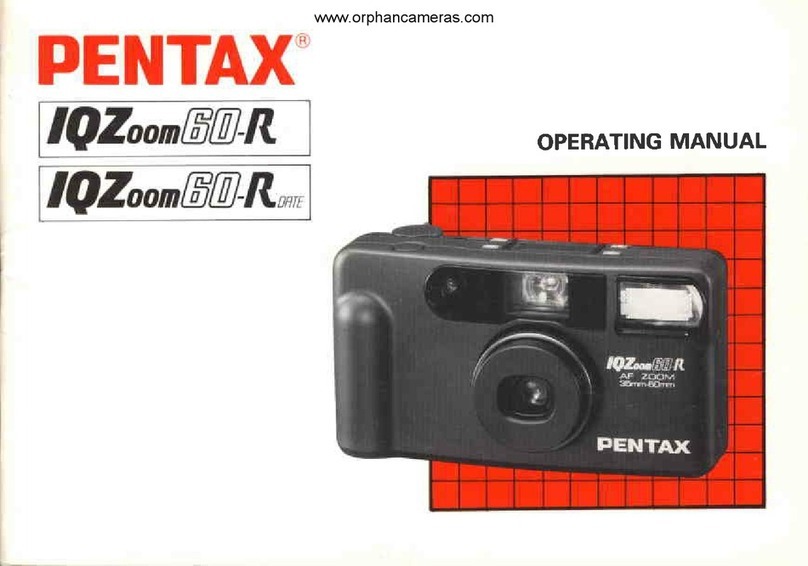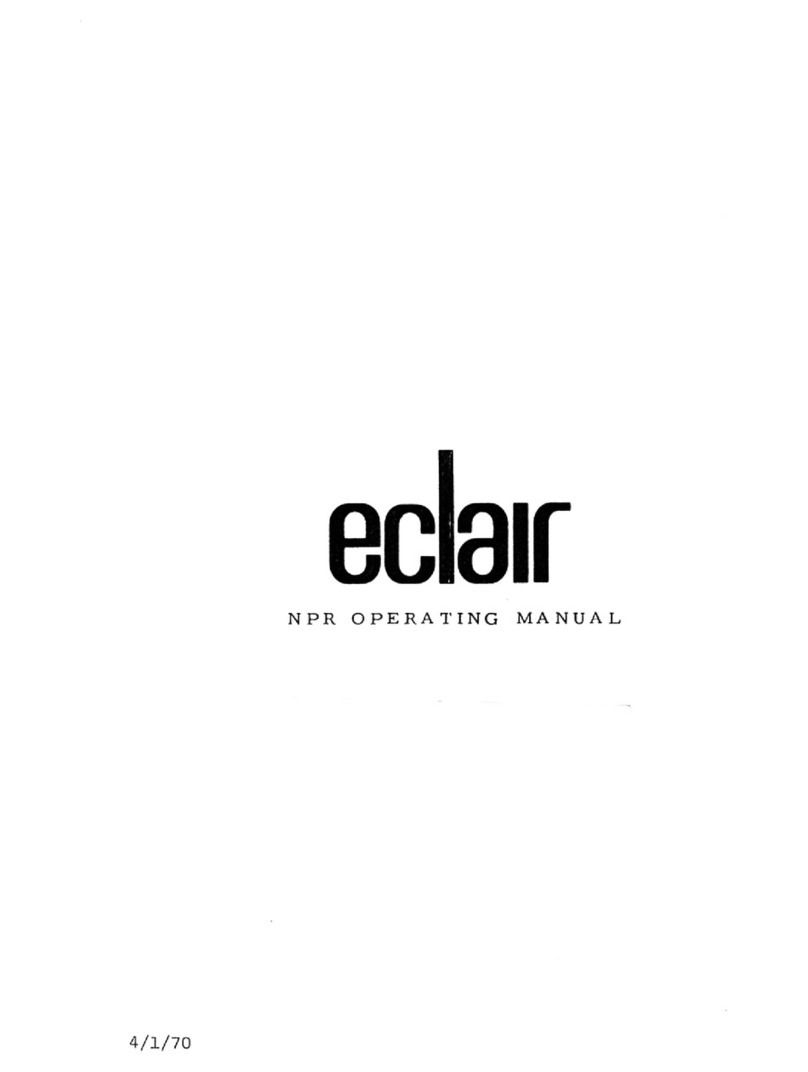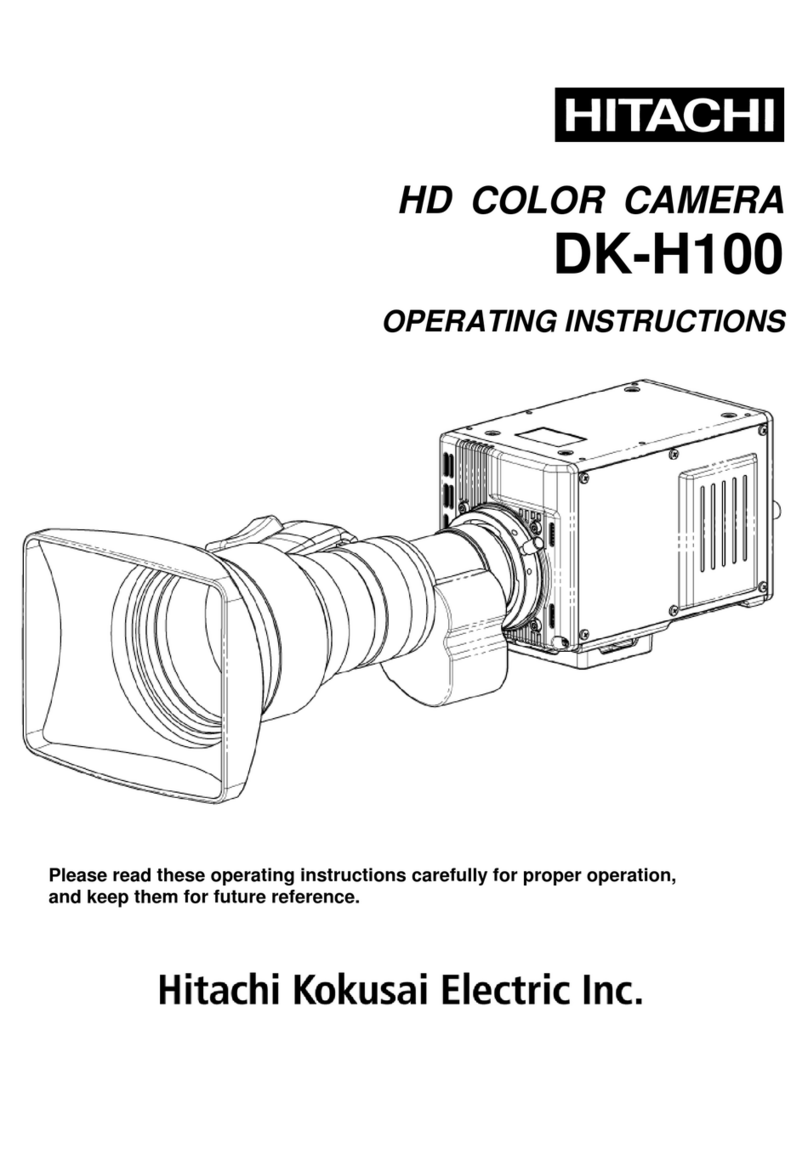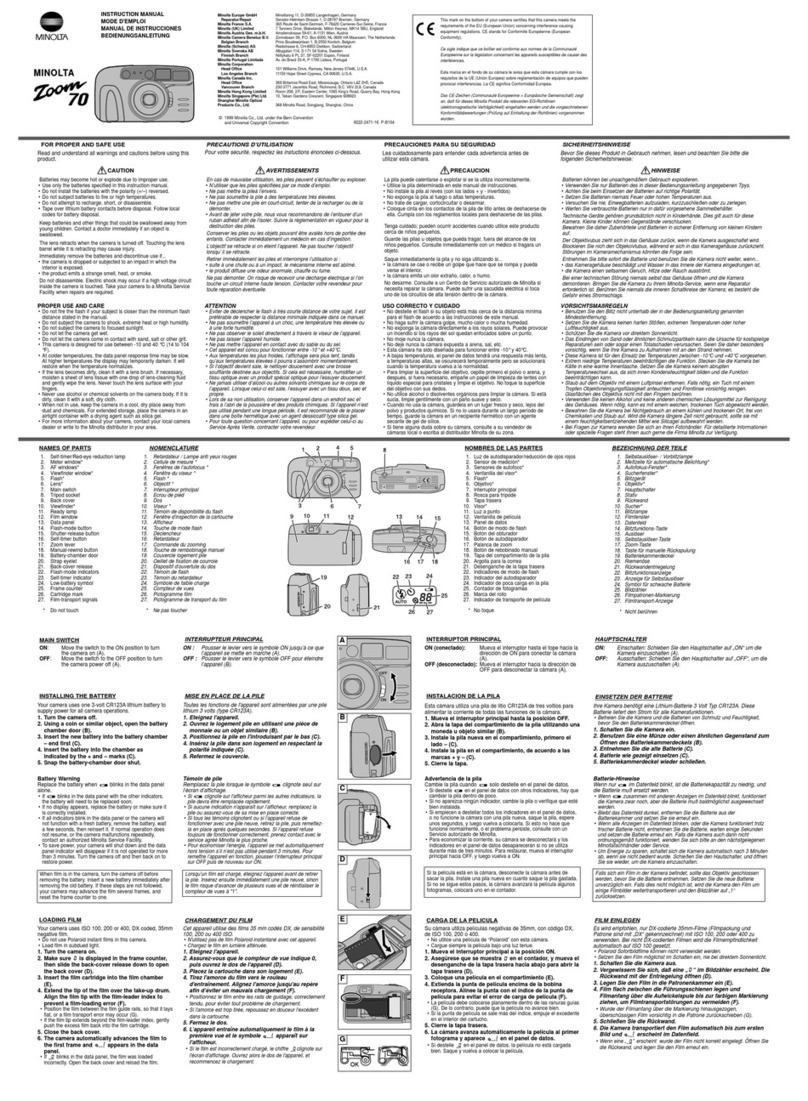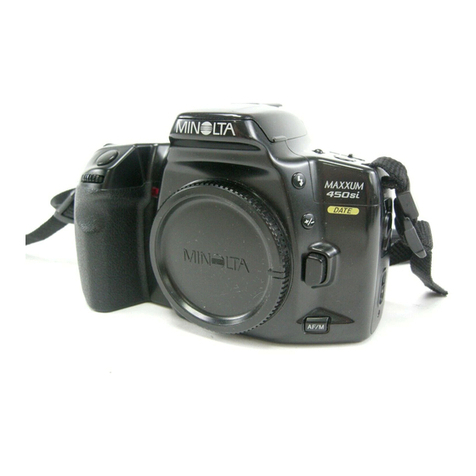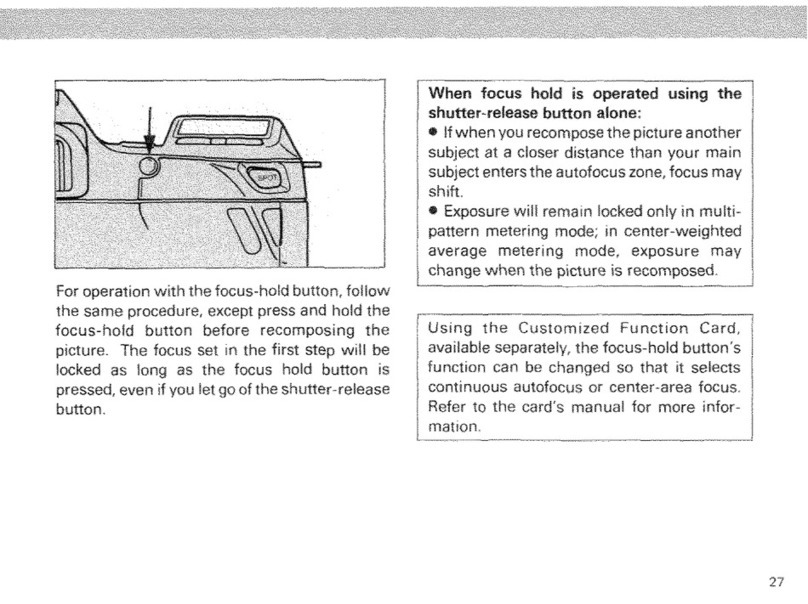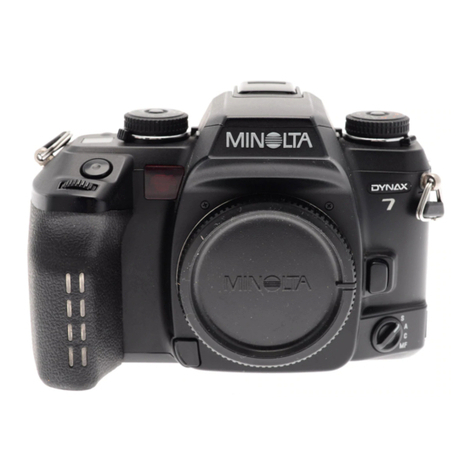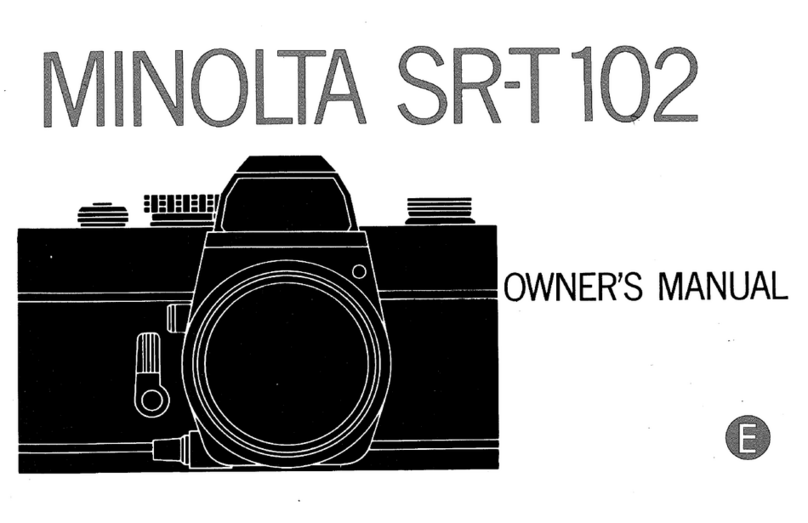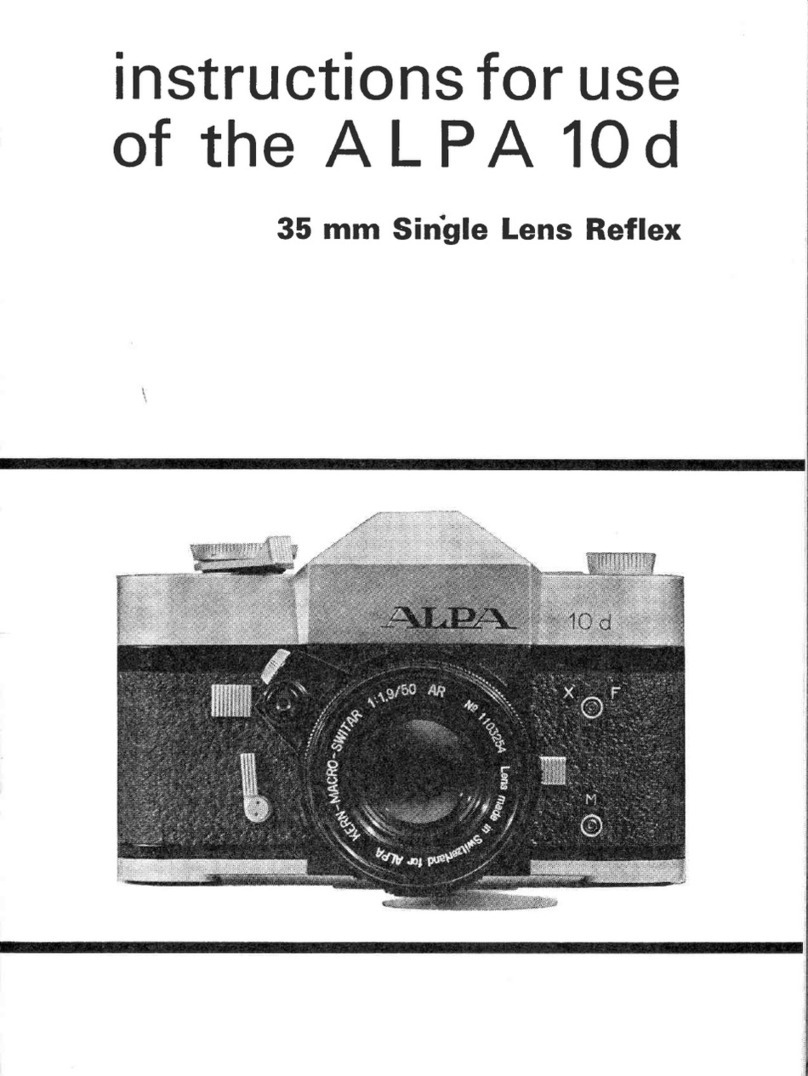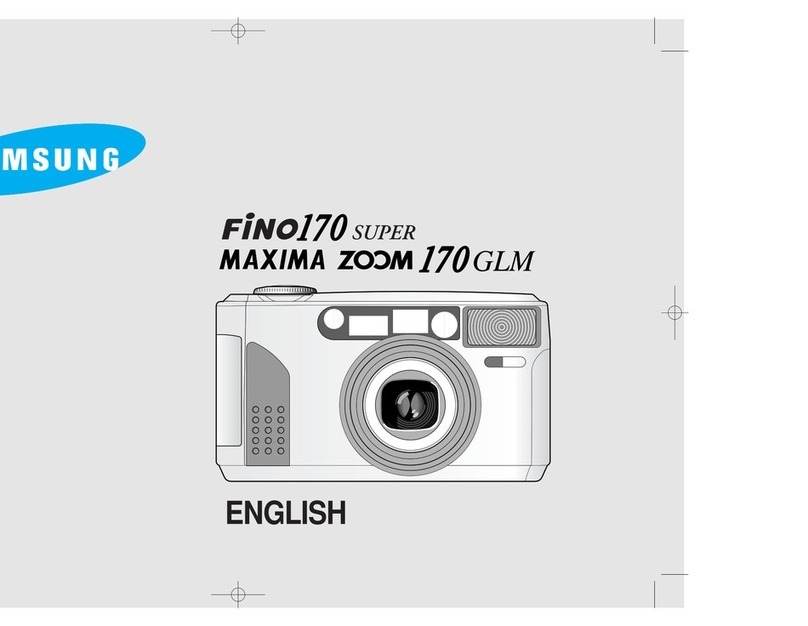4
MA
J
OR
FEATURES
OF
1.
U
nique
Zo
om Lens
This lens has an
unrivaled
speed
of
Fl.7
and
four-time
zoom range
from
10mm
to
40
mm. This
is
extended to include the focal lengths
of
6.5mm
to
26mm
with
the
use
of
a
wi
de angle attachment. And the climax
of
such
versatility
is
the consistent, unwa-
vering focus you
obtain
from
one end
of
the zoom scale to the other. These
hitherto
in-
compatible
technical features were harnessed into this miracle lens
by
an exclusive and
patented
design. This lens combines the capacities
of
6X zoom and,
with
the
wide
angle
converter,
as
many
as
eight
individual
lenses.
2.
Ultra-Precise
Electric
Eye
Mechanism
Cinematography
at
consistently accurate exposures has been
made
possible
by
incor-
porating
an Electric
Eye
system
coupled
to a
highly
sensitive Cadmium
Su
lfide Exposure
Meter
. This meter
wi
ll adjust to film indexes
from
ASA 5 to
320
(D
IN
8 to 26). The
meter sensitivity ranges
from
LV
6.5
to
LV
14.4
for
an ASA
100
or
DIN
21
film.
As
an
additional
safeguard
in
picture
taking
, a
warning
l
ight
window
has been
provided
in the
viewfinder.
Correct
Exposure range
is
indicated
by
a blue light. A red
light
shows
if there
is
too
mu
ch
or
inadequate
i
llumination
for
the fiim
in
use.
The CdS meter
is
ac
ti
vated
by
a replaceable 1.3
vo
lt mercury
battery
(
Nationa
l
M-N
type), av
ailable
in
many countries.
3.
Motor
Zoom
and
Film
Advance
The
motor
zoom and film advance can be
operated
independently
because they are
powered
by
two
separate micromotors. Four 1.5
volt
UM-3
(penlight) batteries are used
as
a
power
source
for
both.
The
10mm
to 40mm zoom range can be covered
in
3.5
seconds.
Manual
zoom
is
also possible.
4.
Frame
Speed
Four
frame
speeds are possible, 12, 16,
24
frames per second and single frame.
S. Lens
Aperture
Contro
l
The
photographer
has a
wide
choi
ce
of
controls: 1.
Automatic,
for
full
aperture
range
from
Fl.7
to F22. 2.
Manual
,
for
full
aperture
range. 3.
By
closing the
gap
between
the scales on the
aperture
dial
the
functioning
range
of
the electric eye system can be
intentionally
limited,
an exclusive
with
the Canon
Motor
Zoom 8
EEE.
THE
